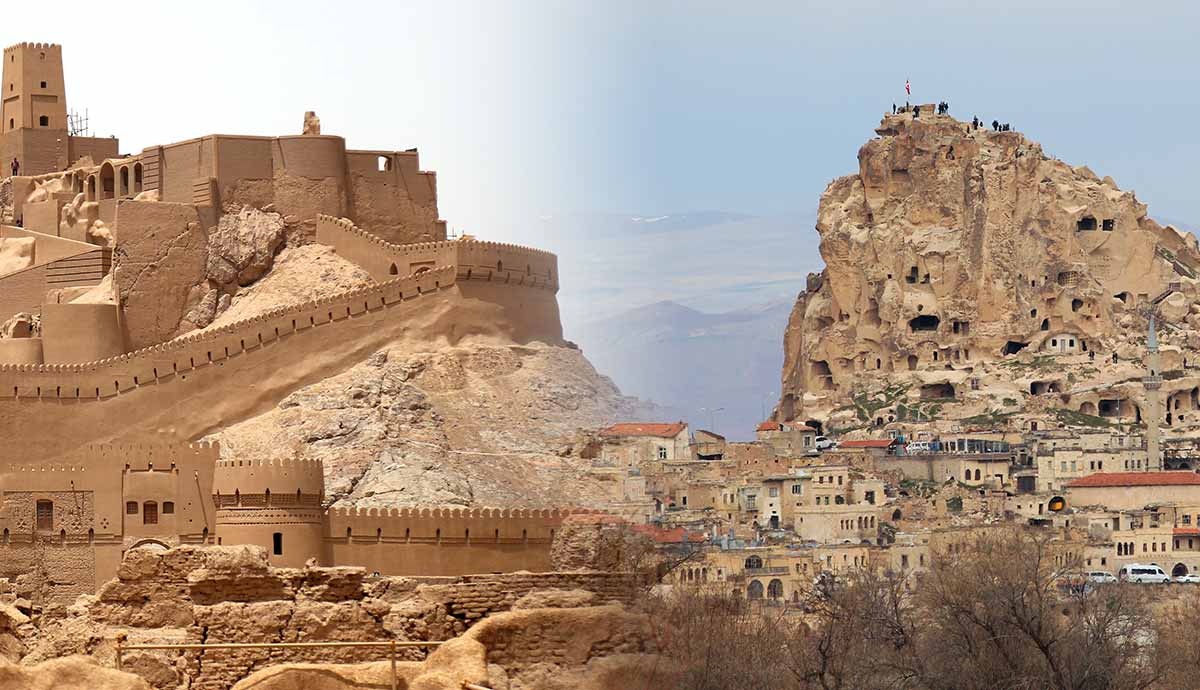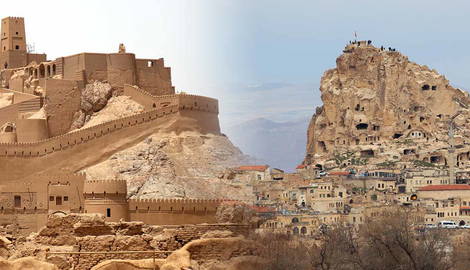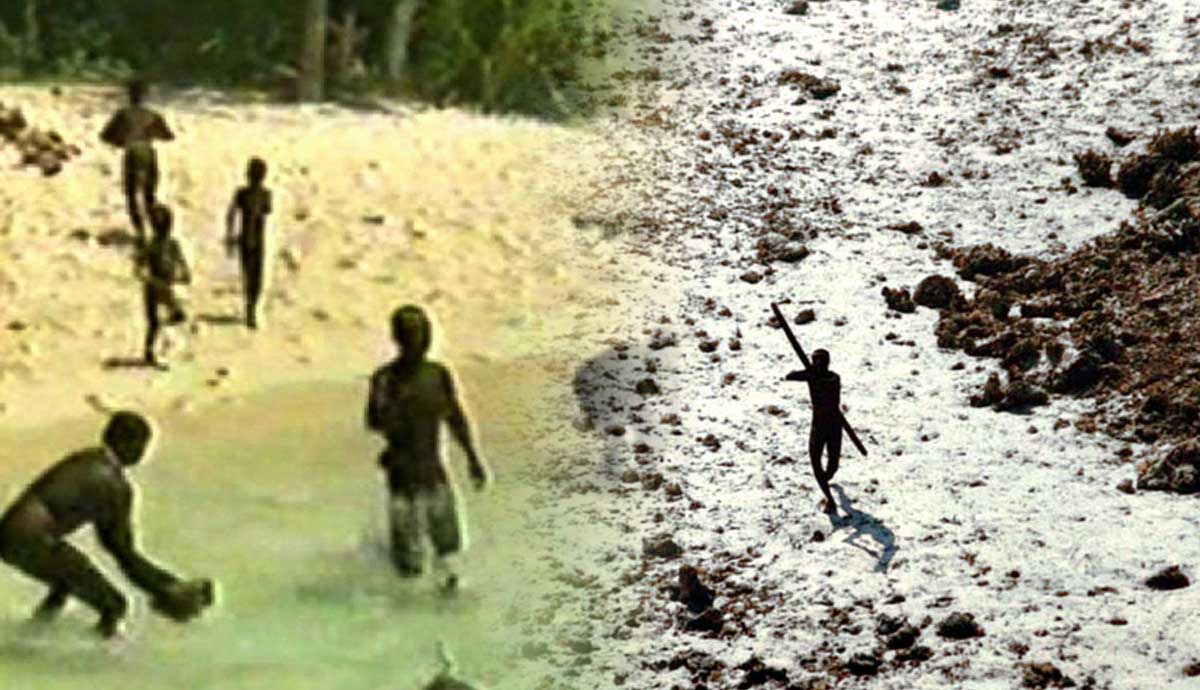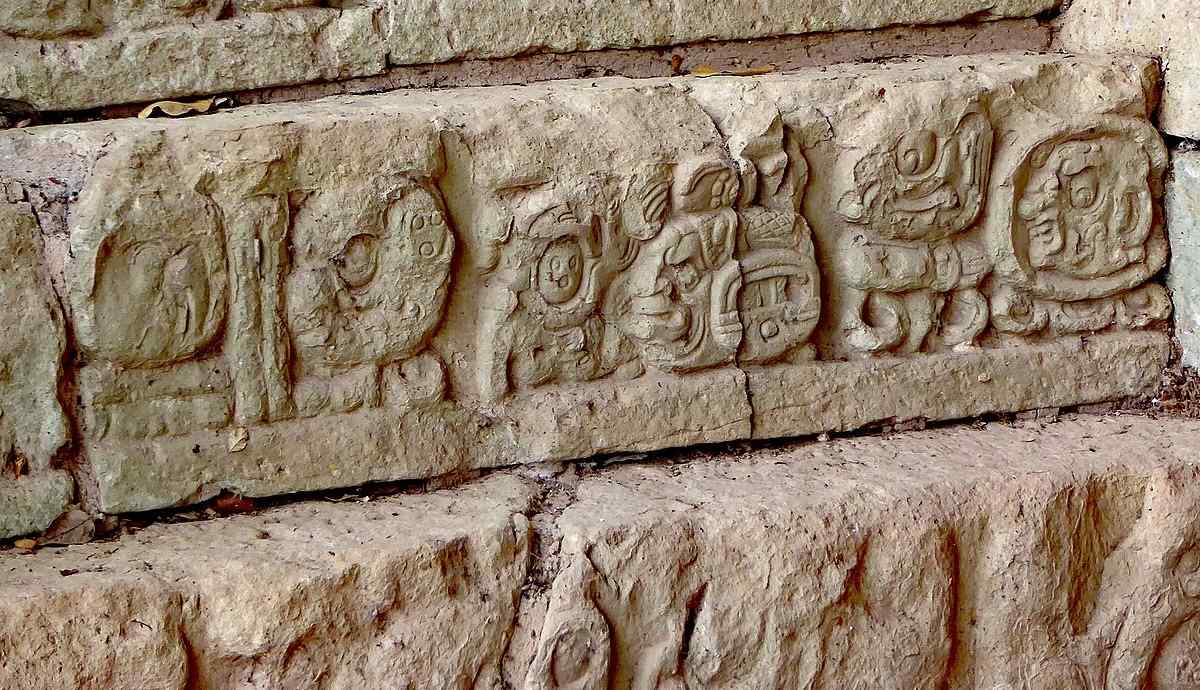
Not confined to the medieval history of Europe, massive stone fortifications were also a common sight throughout the Middle East. Many of these castles still stand, their impenetrable stone walls having withstood centuries of war and strife.
Some, however, have crumbled to rubble but still retain their fame.
Here are 8 of the most famous castles in the Middle East.
1. Krak des Chevaliers: A Hospitaller Fortress

Located in Talkalakh District, in the west of Syria, Krak des Chevaliers stands as an imposing and well-preserved example of a medieval concentric castle. The site was host to a Muslim stronghold before being turned over to Crusaders in 1142. For the next three decades, a massive castle was built.
The huge project was undertaken by the Knights of St. John (also known as the Hospitallers), who used the castle as a major base of operations. Another era of expansion saw the castle reach almost 1,000 feet at its longest point and 450 feet at its widest.
After a siege of 36 days, the castle was captured by the Mamluk Sultanate in 1271.
More recently, the civil war in Syria has threatened many of the country’s famous landmarks. The fortress was taken by rebels in the early stages of the war but was recaptured by government forces in 2014. Since then, restoration work has taken place to restore the damage.
Krak des Chevaliers was recognized as a UNESCO World Heritage Site in 2006.
2. Arg-e Bam: An Ancient Citadel in Iran

Located in the city of Bam in southeastern Iran, Arg-e Bam is a massive fortress that dominates the skyline of the town of Bam in Kerman Province. There is no precise date as to when the citadel was first built, but the town dates back to the 6th to 4th centuries BCE. The fortress was greatly expanded during the time of the Parthian Empire (247 BCE to 224 CE).
Expansion continued under the Sassanids, and in the 7th century, it was conquered by Muslim Arabs. Over the centuries that followed, the citadel changed hands many times, from the Mongols to the Safavid and Qajar dynasties of Iran.
The citadel was used for military purposes until 1932, when it was abandoned. In the decades that followed, the site’s historic importance was recognized, and restoration work was undertaken.

One of its claims to fame is that it is the largest adobe building in the world. This was certainly true before 2003 when disaster struck, and an earthquake turned most of the structure to rubble. Reconstruction is ongoing, but the vast majority of the site has been rebuilt.
The unique architectural style and historical significance of Arg-e Bam have led to its designation as a UNESCO World Heritage Site, and the citadel attracts a major tourist audience.
3. Bahla Fort: A Mud Brick Icon in Oman

Declared a UNESCO World Heritage Site in 1987, Bahla Fort is situated at the foot of the Jebel Akhdar highlands in northern Oman. The castle was built by the Banu Nebhan tribe between the 12th and 15th centuries, and it played a vital role in helping the tribe control the frankincense trade in the area.
Built of bricks made of mud and straw, the building has been subjected to erosion over the centuries. In 1995, preservation efforts were deemed a renovation rather than a restoration, as they used modern materials, and parts of the original wall can no longer be seen.
Nevertheless, the site is impressive and open to visitors who wish to explore this part of Oman’s rich history.
4. Citadel of Aleppo: A Symbol of Endurance

Syria has seen its fair share of war, and the Citadel of Aleppo bore the pockmarked façade of a building subjected to modern warfare. The building was further struck in 2023 when a major earthquake delivered extensive damage to the historic site.
The citadel’s history is incredibly long, with the site originally being used in the 3rd millennium BCE. Throughout the course of its ancient history, it was ruled over as part of the city-state of Yamhad before its incorporation into the Neo-Hittite Empire, then the Neo-Assyrian Empire, the Neo-Babylonian Empire, and the Achaemenid Empire before becoming part of the empire of Alexander the Great. Since then, it has been ruled over by Armenians, Romans, Byzantines, Ayyubids, Mamluks, and Ottomans. Most of the citadel, as it appears today, was the result of Ayyubid construction work.

The citadel was damaged during the Battle of Aleppo during the Syrian Civil War. After the city was secured by government forces, restoration work began, and the site was reopened to the public in 2018. Some of the damage caused by modern warfare has been preserved to display the citadel’s full history.
5. Uçhisar: A Castle Carved Out of Rock

Cappadocia is a region in Turkey well-known for its unique rock formations. Throughout the region’s history, many of these rocks have been carved out and turned into homes.
Uçhisar Castle was created in the same fashion. Some have called its façade ugly, but it served its purpose and was created in the same style as the carved-out buildings symbolic of the region.
The castle saw major use during Byzantine times, and it is estimated that as many as one thousand people lived in the maze of rooms carved out of the 200-foot-high outcrop. Like the village surrounding it, the façades blended in with the scenery and provided excellent camouflage for defensive purposes.
Today, the castle is no longer inhabited but is open to the public. Uçhisar has become a tourist attraction, and tourism has become the main industry in the village.
6. Shaharah Castle: An Isolated Medieval Stronghold in Yemen

Shaharah is a large but very secluded fortified village situated high in the mountains, over 8,000 feet above sea level. With only one point of entrance and surrounded by ravines and gorges, it is difficult to get to.
It is a village fortress that could also be considered a castle in its own right and has been used as such for over a thousand years. Its near impregnable position was tested many times in the wars between the Yemeni and the Ottomans in the 16th and 17th centuries. Many attempts were made by the Ottomans to capture Shaharah, and they succeeded once (in 1587). It later returned to Yemeni hands, and the last Ottoman attempt to capture it was in 1905, which resulted in failure.
One of the most spectacular parts of the fortification is a stone bridge built in the 17th century. The bridge spans a narrow gorge of sheer cliffs and has become a famous tourist spot in recent decades.
7. Kerak Castle: A Monumental Crusader Castle

One of the largest and most spectacular castles in the Levant, Kerak Castle is situated in western Jordan, 14 miles southeast of the Dead Sea. The castle, which began construction in the 1140s under the orders of Pagan the Butler, was a key point for Crusader control in the area. From its powerful location, control over the trade routes to and from Damascus, Mecca, and Egypt was attained.
Pagan the Butler’s successors continued work on the castle, expanding it by adding towers, ditches, and walls. In 1183, it was besieged by Saladin, but it stood firm and was relieved by forces of King Baldwin IV of Jerusalem.
Saladin besieged the castle a year later and again was defeated, but in 1188, his nephew Sa’d Al-Din successfully besieged Kerak and defeated the crusaders, thus ushering in the era during which Kerak was under Ayyubid control.
Through the following centuries, the castle’s defenses were expanded even further, and Ayyubid control passed to the Mamluks and then the Ottomans.
Despite not being declared a World Heritage Site, the castle is still impressive and garners widespread attention from tourists. In 2016, it was the site of a terrorist attack that left 14 dead, most of them Jordanian security.
8. Ghumdan Palace: The World’s First Skyscraper?

Not much is left of Ghumdan Palace in the Old City of Sana’a in western Yemen, and little is known about how the palace looked in its heyday in ancient times. Ghumdan Palace is, however, known to be the oldest castle in the Middle East.
The castle has legendary beginnings, with its first stones said to have been laid by Shem, the son of Noah. There are many claims on when the castle was finished, ranging from the 8th century BCE to around the 2nd century CE.
It was destroyed in the 7th century on the orders of Caliph Uthman, who feared the castle could be used by rebellious factions. It was restored and reconstructed in the centuries that followed, but the castle has since crumbled to ruins.
Filled with marble and alabaster, the structure was grandiose during its time, although historic accounts tend to exaggerate its size, claiming it was as tall as nine stories. Today, all that remains is a mound where the structure once stood.

Having served as the Cradle of Civilization, and having experienced its own medieval era, full of armed soldiers, palaces, and kings, the Middle East is full of castles that hold untold reams of history.
While some are now nothing more than piles of windswept rubble, some of the Middle East’s castles still stand, resplendent in their glory.










